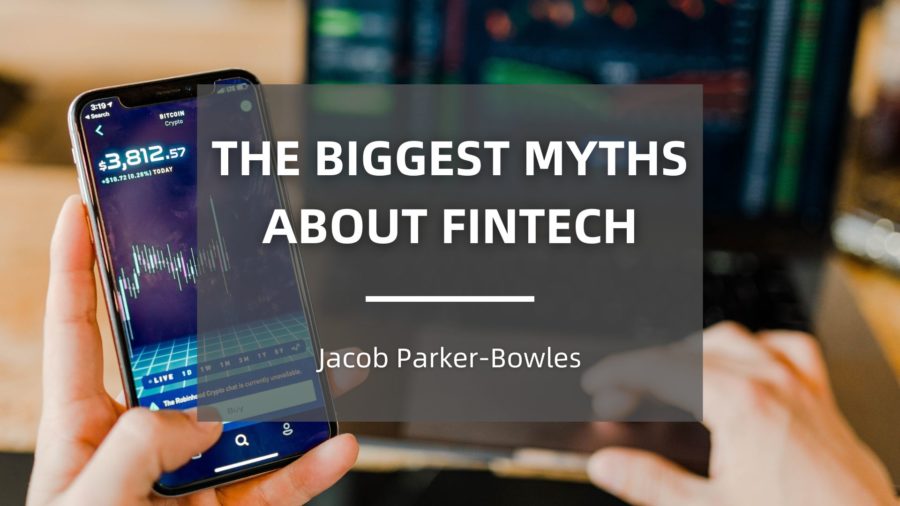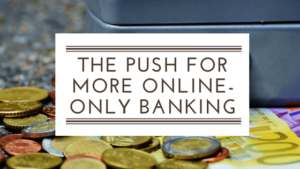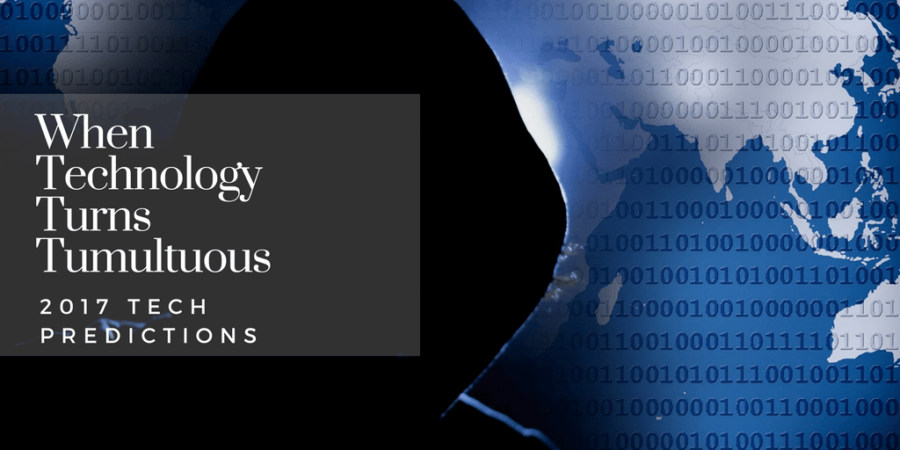Financial technology, better known as FinTech, is a broad term used to refer to software, mobile applications, and other technologies that are designed to facilitate and automate financial transactions. This includes mobile banking, crowdfunding platforms, cryptocurrency, blockchain, and more. FinTech ultimately makes financial processes more easily manageable and efficient.
The fintech industry has been experiencing tremendous growth for some time now, gaining interest from investors, business owners, consumers, and bankers alike. However, new buzz is often accompanied by myths and misconceptions; this can lead to hesitation from those who are interested in the industry and would benefit from taking advantage of the opportunities it can offer. Don’t let these misconceptions and myths stop your business from growing and reaching its full potential. To help you distinguish facts from fiction, here are nine of the biggest myths about the fintech industry.
MYTH 1: Fintech carries a high degree of risk.
Risk management in the fintech industry has caused a lot of rumors and speculation. The truth is, as the field grows, new types of risks have become apparent, such as fraud, merchant, consumer, and credit risks. This has put immense pressure on fintech firms to strengthen their risk management capabilities. As a result, fintech firms are now implementing some of the most robust security measures available.
MYTH 2: Fintech is limited to larger markets.
There is a common misconception that fintech services only cater to big, privileged corporations in major cities like Silicon Valley, New York, London, and Hong Kong. While they certainly make up a large portion of the sector, Fintech in Emerging Markets (EMs) has been steadily increasing. Previously, many EMs were hindered by a lack of access to financial services, low income, outdated technology, and insufficient infrastructure. However, the landscape is changing, and EMs now provide fruitful opportunities for fintech companies, which offer customers better and more affordable services.
MYTH 3: Fintech is solely for younger generations.
It is undeniable that young generations have embraced Fintech due to their technological savvy. Nevertheless, baby boomers should not be underestimated, as they are quickly becoming frequent users of FinTech services, with an estimated 27% using the services. In fact, they are the fastest-growing segment of fintech users, predicted to make up 51% of urban consumption growth by 2030. Fintech has plenty of features that appeal to all age groups, so it’s important to consider these needs when developing services.
MYTH 4: Fintech is disrupting banking.
The media sometimes casts banking and Fintech as opposites, but in reality, they can work together in many mutually beneficial ways. For instance, digital account opening, mobile wallet, fraud management, and subscription management are all areas in which collaboration between the two sectors can work well. Referral partnerships are now being established, whereby banks refer customers to suitable Fintech services, getting a commission in return while providing users with improved services and a better customer experience. Collaboration between these two industries offers advantages for all involved, showing that Fintech doesn’t necessarily have to compete with banks but simply enhance their offerings.
MYTH 5: Fintech is all about money
We know that Fintech utilizes the application of technology in the world of finance as it relates to payment processing, lending, and online and mobile banking. But Fintech also covers security, insurance, and investment management. Therefore, Fintech is a broad term that should be used to describe a variety of financial solutions that are revolutionizing the way people manage their finances.
MYTH 6: Fintech should be cheap.
The truth is that developing your own fintech solution from scratch is far from the most cost-effective option. The final cost of a fintech service may depend on the type of app, the hourly rate of the developers, and any additional functionality. Despite the initial investment, using function as a service (FaaS) can be the best choice for any business looking to launch a fintech product.
MYTH 7: The Fintech bubble will burst.
When Fintech first emerged in the 2010s, it was met with skepticism and criticism — a passing trend that would soon end. However, Fintech has since become a revolutionary force in the financial industry. More than 210 million Americans are utilizing fintech services, making up 65% of the total population. In 2022, over 10,000 fintech startups were launched in the United States alone. Clearly, the fintech industry is still going strong and doesn’t look to be stopping any time soon.
MYTH 8: Regulations will put an end to Fintech.
Fintech leaders are well aware of the potential barriers and restrictions that can be imposed on them by government regulations. As such, they are actively seeking out ways to collaborate with governments in order to provide citizens with better financial services. This is evidenced by the UK Chancellor, Rishi Sunak, who has outlined a plan to further develop the UK’s fintech sector and make the financial markets even more efficient. His plan is a testament to the fact that governments are supportive of the fintech industry, as their ultimate goal is to ensure citizens are provided with quality services.
MYTH 9: Emerging Fintech products must be unique.
Countless companies and business owners are hesitant to invest in fintech solutions, thinking that it must be a revolutionary idea to be successful. However, innovation isn’t the only thing that will bring success. Quality, cost-effective, and user-friendly services are often more important to customers. Last year alone, 26,000 fintech startups were created, few of which were truly innovative or unique. The key to success lies in identifying what customers need and how you can add to or change your services to meet those needs.





